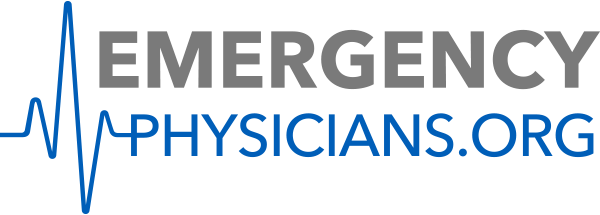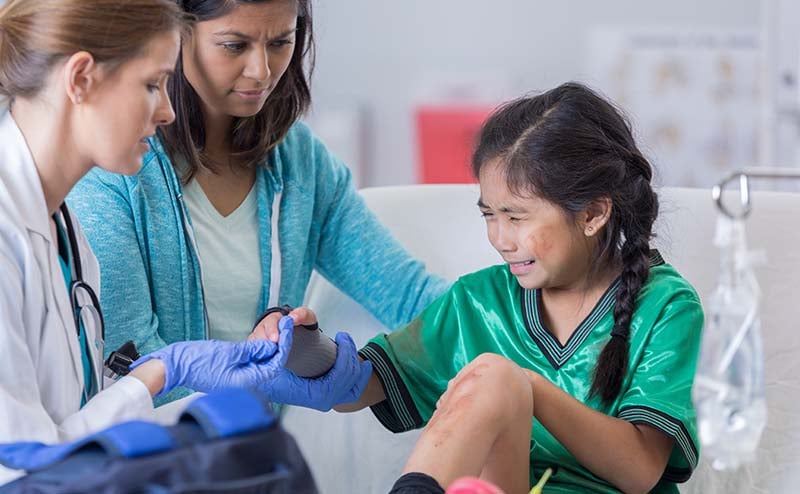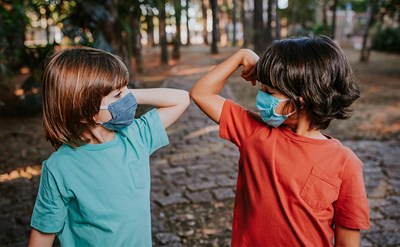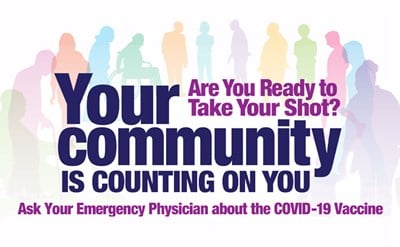Policies should emphasize patient safety, and making sure emergency departments have trained personnel, supplies and equipment considered critical for managing pediatric emergencies.
WASHINGTON, DC—Three medical organizations representing more than 157,000 pediatric health care providers, nurses and emergency department clinicians have issued joint recommendations for improving the safety of care of children in emergency care settings.
The American College of Emergency Physicians (ACEP), American Academy of Pediatrics (AAP) and the Emergency Nurses Association (ENA) released a policy statement, “Optimizing Pediatric Patient Safety in the Emergency Care Setting,” along with an accompanying technical report. Both will be published in the November 2022 Pediatrics, as well as Annals of Emergency Medicine and the Journal of Emergency Nursing.
“This policy lays out the steps that emergency departments can take to lessen the risk of medical errors and provide safe care for children of all ages,” said Madeline M. Joseph, MD, FAAP, FACEP, lead author of the joint statement. “This includes keeping medicines and equipment on hand that are appropriate for children. It also means listening and engaging families in decisions about child’s care.”
The emergency department can experience frequent workflow interruptions, multiple care transitions, and other routine challenges that make prioritizing the safe care of critically ill and injured children even more important.
Safety for patients of all ages remains a priority and should include best practices for weight-dependent medication dosing and the need for appropriate equipment and training.
The statement describes the importance of leaders adopting policies that emphasize patient safety, and making sure emergency departments have trained personnel, supplies and equipment considered critical for managing pediatric emergencies.
ACEP, AAP and ENA also call for identifying language and cultural barriers in the emergency care setting. Research has shown that patients with language, culture, and socioeconomic challenges are disproportionately at risk of experiencing preventable adverse events in the health care system.
“The number one concern of all emergency nurses is the health and safety of our patients who come into the emergency department,” said ENA President Jenn Schmitz, MSN, EMT-P, CEN, CPEN, CNML, FNP-C, NE-BC. “Pediatric patients require more specialized care and equipment than adult patients so it’s imperative for everyone in the emergency department to work together as a whole and be fully committed to the proper care of pediatric patients that come in.”
Emergency departments also need to be prepared for treating children with mental health care needs, especially during crises such as the COVID pandemic, the technical report notes.
“Children are not little adults,” Dr. Joseph said. “There are many ways we can improve safety for all patients who are seen in an emergency setting. It will take time and teamwork.”
###
 American College of Emergency Physicians
American College of Emergency Physicians